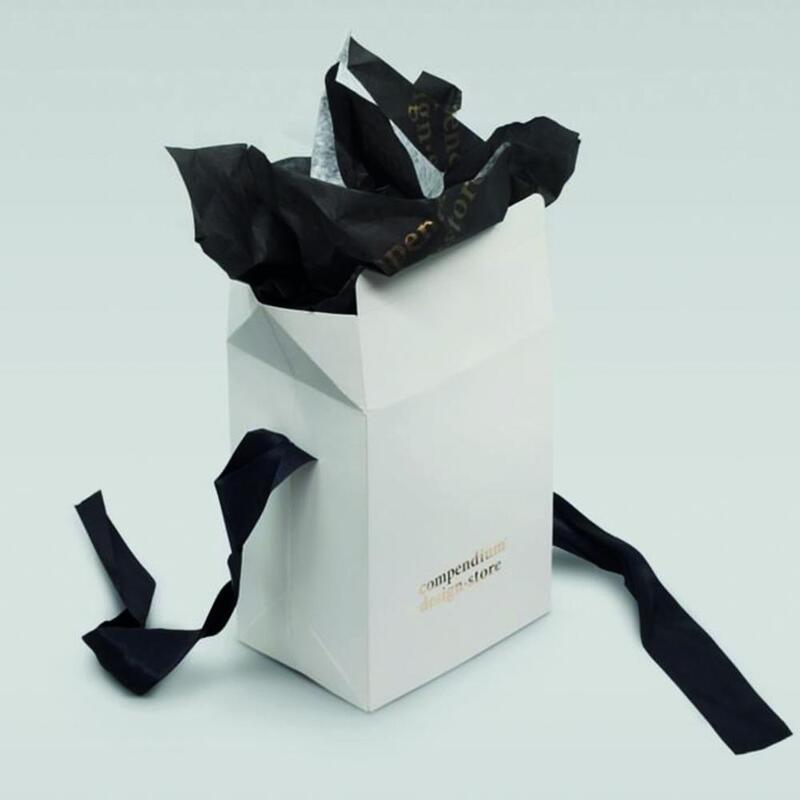The Versatility of Wax Paper for Bread Packaging
In the world of food packaging, the choice of materials can greatly influence the quality, freshness, and safety of the product. Among the various options available, wax paper has emerged as a popular and effective solution, particularly for bread packaging. This article delves into the benefits, uses, and characteristics of wax paper, exploring why it has become a staple in the bread industry.
Wax paper is a type of paper that has been coated with a thin layer of paraffin wax, making it moisture-resistant and somewhat non-stick. This unique property is particularly advantageous for packaging bread, as it helps to retain the product’s moisture while preventing the bread from sticking to the packaging itself. As a result, wax paper not only enhances the shelf life of bread but also maintains its original texture, preventing the bread from becoming stale too quickly.
One of the key benefits of using wax paper for bread packaging is its biodegradability. In an era where environmental consciousness is on the rise, many consumers are seeking out sustainable packaging options. Wax paper is made from cellulose fibers, which are sourced from wood. When disposed of, it can break down naturally, reducing the overall environmental impact compared to plastic wrappers or styrofoam containers which take centuries to decompose.
Furthermore, wax paper is also relatively inexpensive, making it an economical choice for bakeries and food manufacturers. It can be produced in various sizes and shapes, accommodating a wide range of products from artisanal loaves to pre-sliced sandwich bread. This adaptability allows bakers to package their products in a way that aligns with their branding while ensuring optimal protection and presentation.
wax paper for bread packaging

In addition to its practical benefits, wax paper also has a nostalgic appeal. Many artisan bakers and small bread producers appreciate the traditional look and feel of wax paper compared to modern plastic alternatives. Wrapping bread in wax paper often reflects a commitment to quality and craftsmanship, evoking images of bakeries from yesteryears where bread was lovingly wrapped and presented. For customers, this can enhance the overall experience of buying fresh bread, making it feel more special and artisanal.
Moreover, the use of wax paper for bread can also facilitate better organization and presentation. Bakeries often use it for bread assortments, pairing different types of bread together in an attractive and cohesive manner. It can be easily labeled, allowing bakers to indicate the type of bread, ingredients, or origin, which aids customers in making informed choices. Additionally, wax paper provides a certain level of grease-resistance, making it suitable for packaging items with toppings, such as garlic bread or brioche, without the fear of grease seepage compromising the integrity of the packaging.
Nevertheless, it is important to note that wax paper has its limitations. While it is moisture-resistant, it is not entirely waterproof, and prolonged exposure to excessive moisture can cause the paper to break down. Therefore, it is essential for producers to balance its use with proper storage conditions to ensure product quality remains intact.
In conclusion, wax paper has proven to be a versatile and effective option for bread packaging. With its moisture-retaining properties, eco-friendliness, nostalgic appeal, and economical nature, it serves as an ideal solution for bakers looking to deliver fresh, high-quality products to their customers. As sustainability continues to be a priority in food packaging, wax paper's role in the bread industry is likely to grow, making it an enduring choice for preserving and presenting one of our oldest and most beloved foods.



